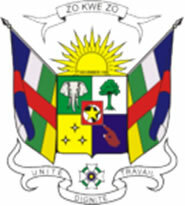Langgaard was a European trained in medicine at the Universities of Copenhagen and Kiel. He came to live in Brazil and revalidated his degree at the Faculty of Medicine of Rio de Janeiro, where he was approved with distinction.
He wrote the Medical and Pharmaceutical Form or Vademecum Medicum in 1872. According to the author, this is a work of limited proportions, due to this fact it was not possible for him to enter into great insights into pharmaco-dynamics or chemical and pharmaceutical details. However, he took special care when talking about indigenous medicinal plants. In this item he wrote the different names by which the plants were known in the last century, their botanical name, family, description, even though the plant is small, without forgetting the design, after all it intended to facilitate the knowledge of them with the small medical class. Brazilian.
He did not forget to write down about the medications and how to prepare them, he also took care to establish the parallel between the measures European and Brazilian: 20 grains of a given medicine equals 1 gram, 4 grams equals one octave and 2 octaves equals 7 grams. One ounce equals 30 grams.
Source: http://www.dec.ufcg.edu.br/biografias/
Order T - Biography - Brazil School
Source: Brazil School - https://brasilescola.uol.com.br/biografia/theodoro-joao-henrique.htm

